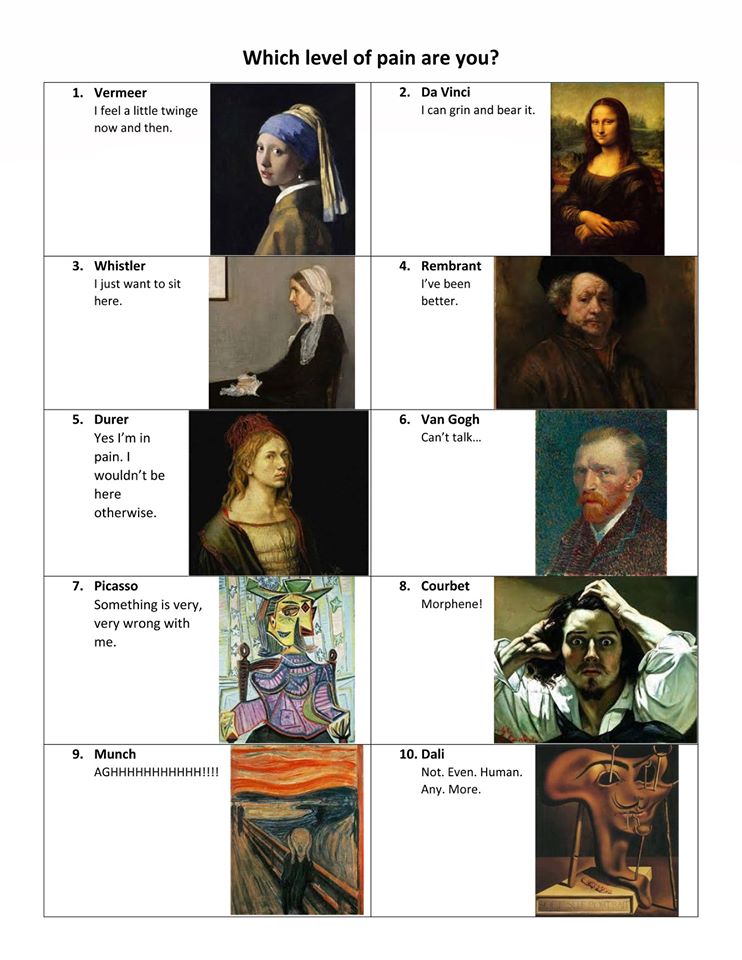Privileged beings (students) of the privileged species (human) at privileged time (XXI c.) and privileged space (Germany) ranked only 30% of the recent experiences as “worth living”.
The “Eternal-Playlist” thought experiment, by Thomas Metzinger:
“At Johannes Gutenberg University in Mainz, we began a first series of small pilot studies with a group of advanced philosophy students. We chose a signal-contingent, externally cued form of experience sampling. One tech-savvy student programmed an SMS server in such a way that, for seven days, it sent ten signals a day at random points in time to the participants, whose cell phones would then briefly vibrate. The participants’ task was to decide whether the last moment before the conscious experience of the vibration was a moment they would take with them into life after death. For many, the result was surprising: the number of positive conscious moments per week varied between 0 and 36, with an average of 11.8 or almost 31 per cent of the phenomenological samples, while at 69 per cent a little more than two thirds of the moments were spontaneously ranked as not worth reliving. If you are cued externally, it seems, less than a third of such experiential samples would have a chance of entering your very own “eternal playlist”.
[…]
in a second study we dropped the afterlife assumption and the “eternity condition”, replacing them with the following question: “Would you like to relive the very last conscious moment in this life?” Interestingly, under this condition only a little over 28 per cent of life moments were ranked as positive, while just below 72 per cent were considered not worth reliving
Source:
https://www.blogs.uni-mainz.de/fb05philosophieengl/files/2013/07/Metzinger_Suffering_2017.pdf
